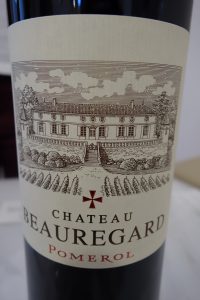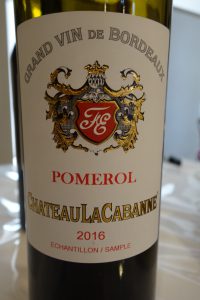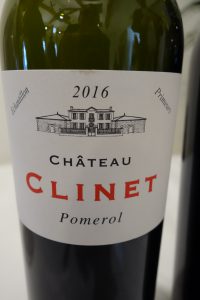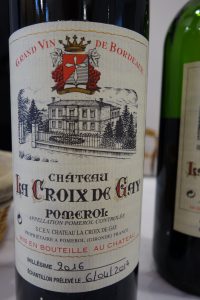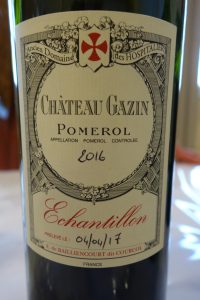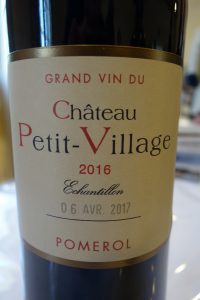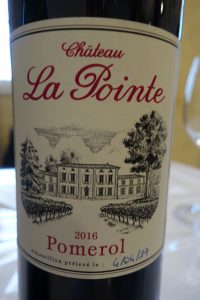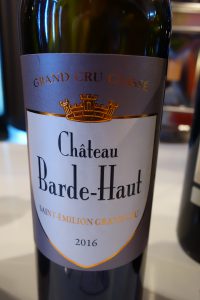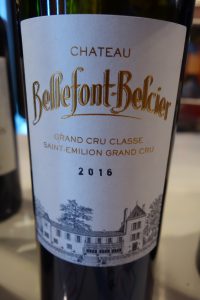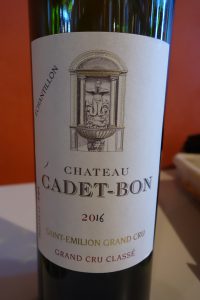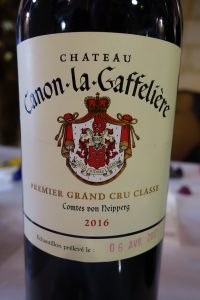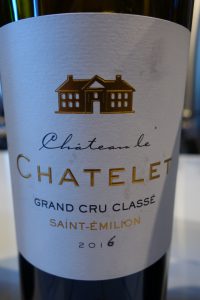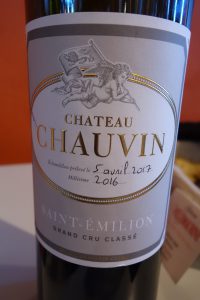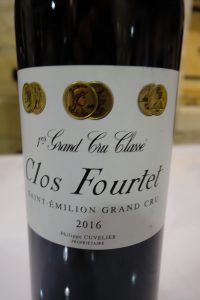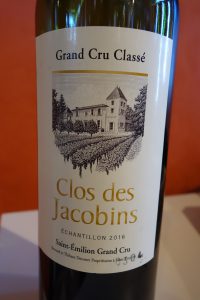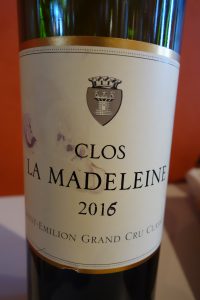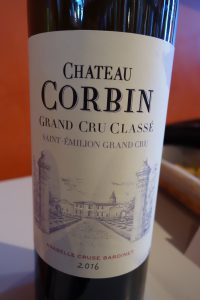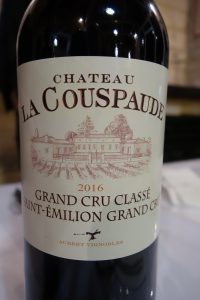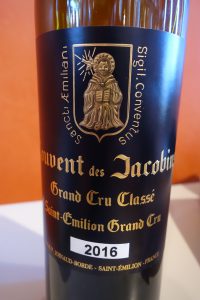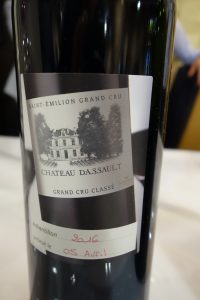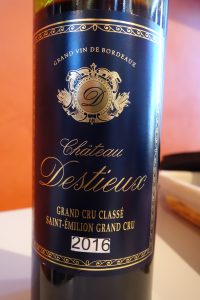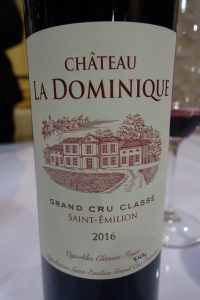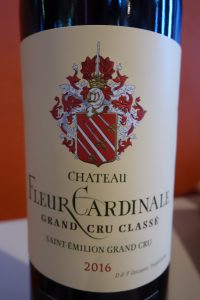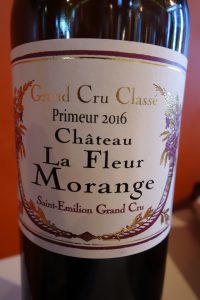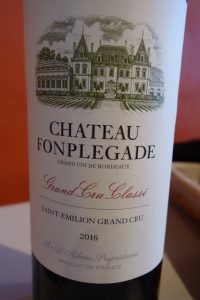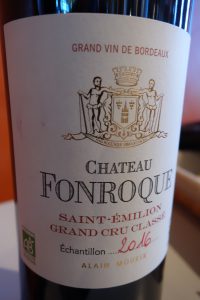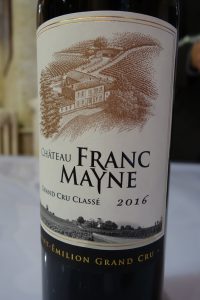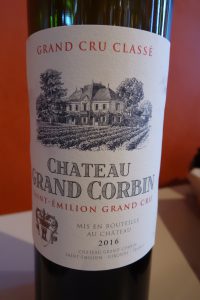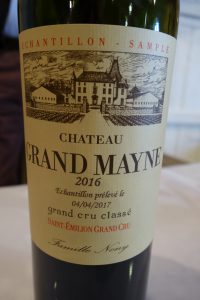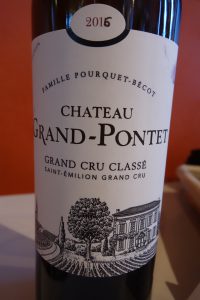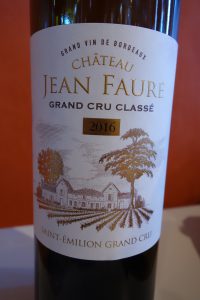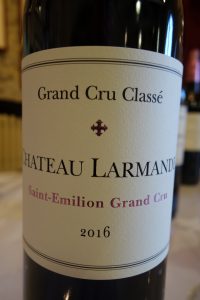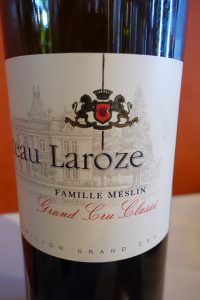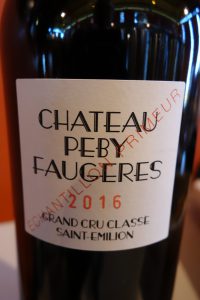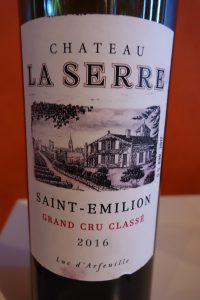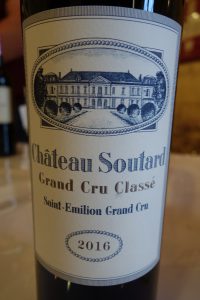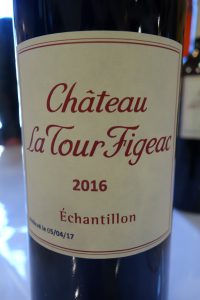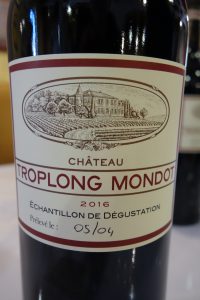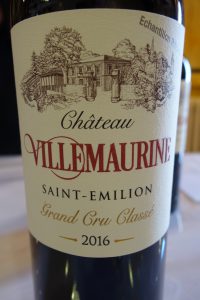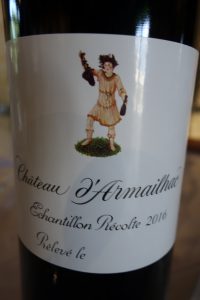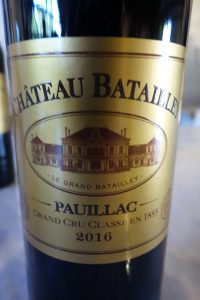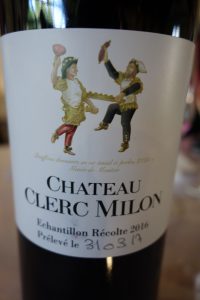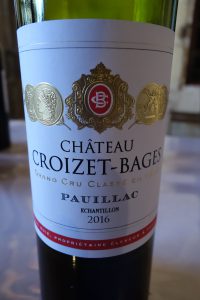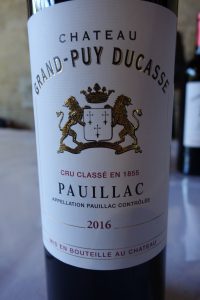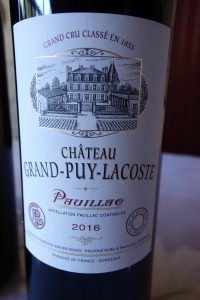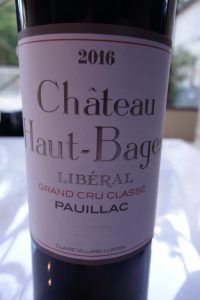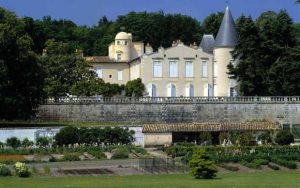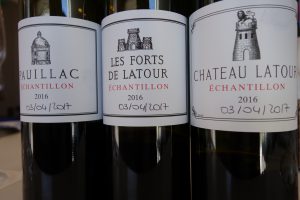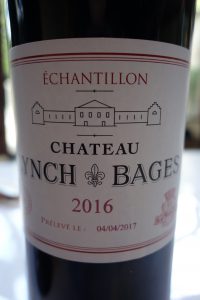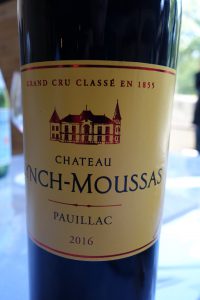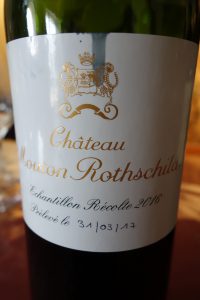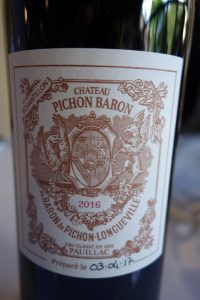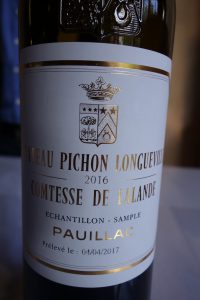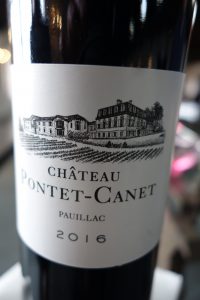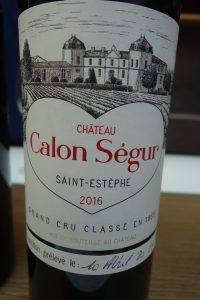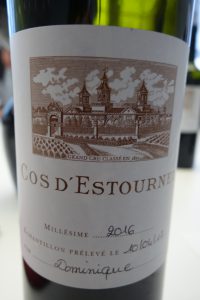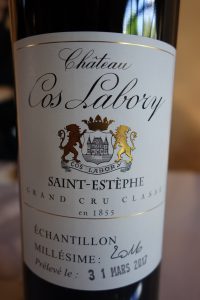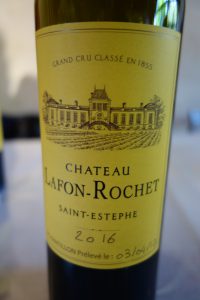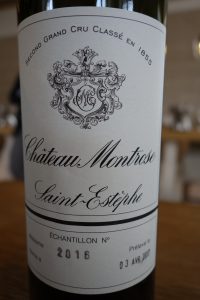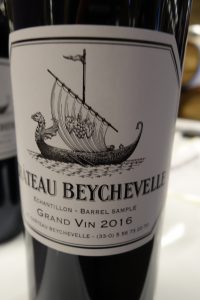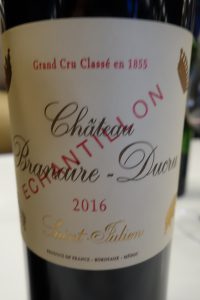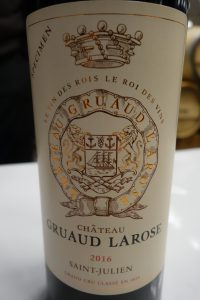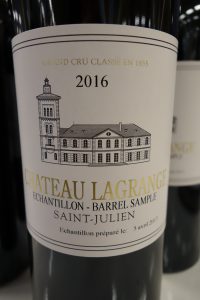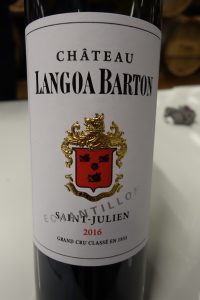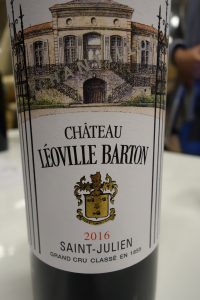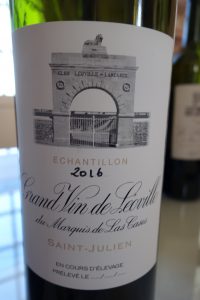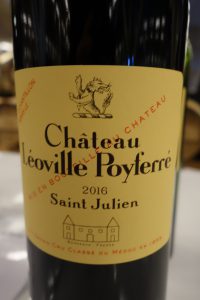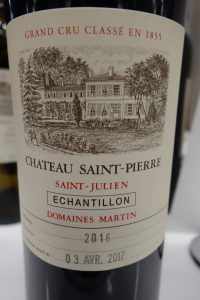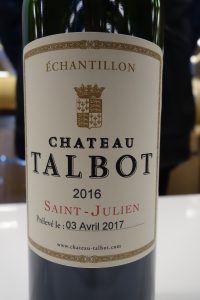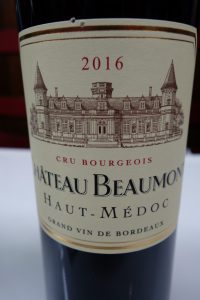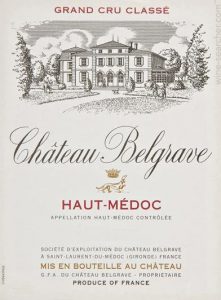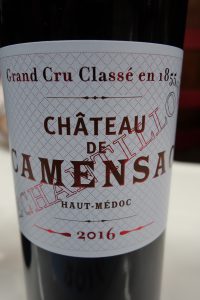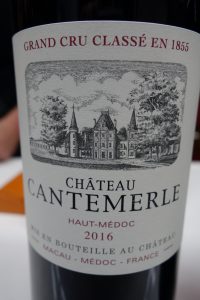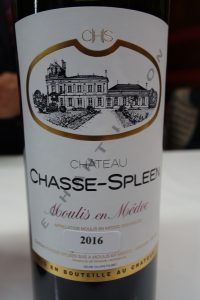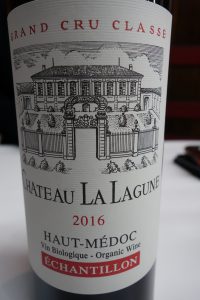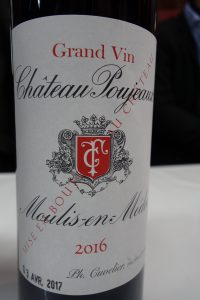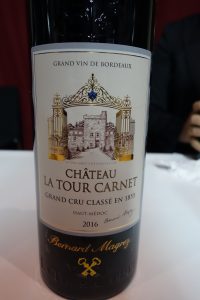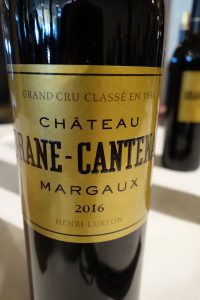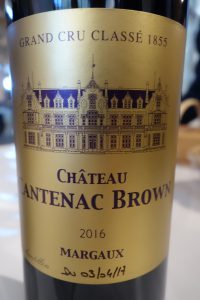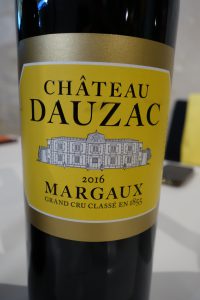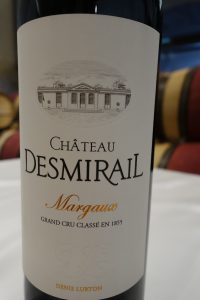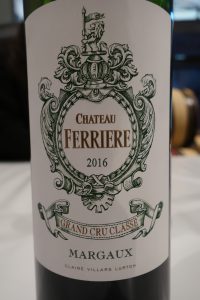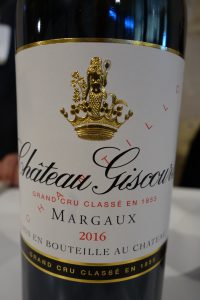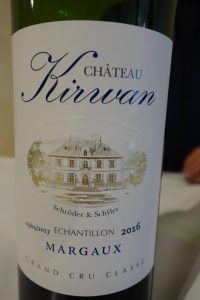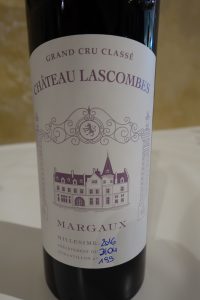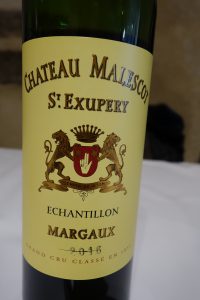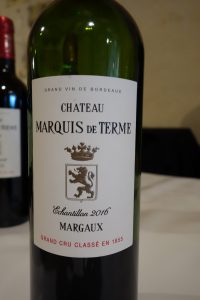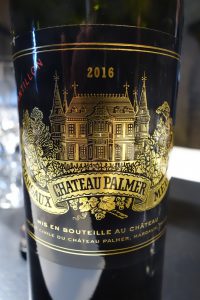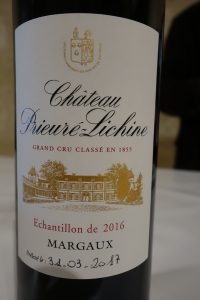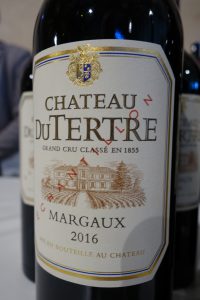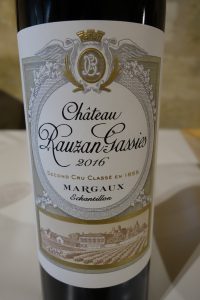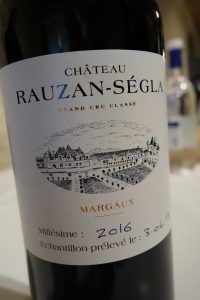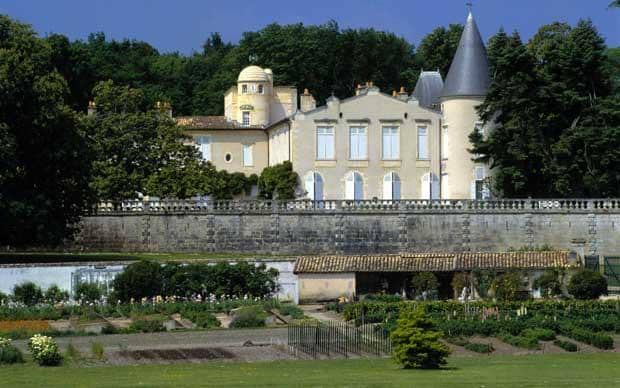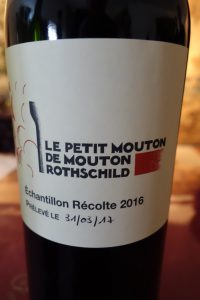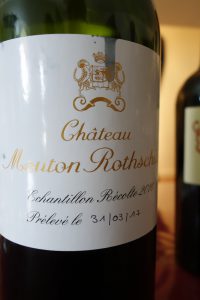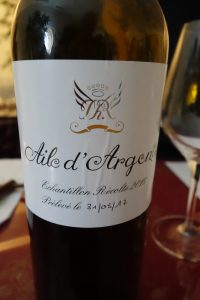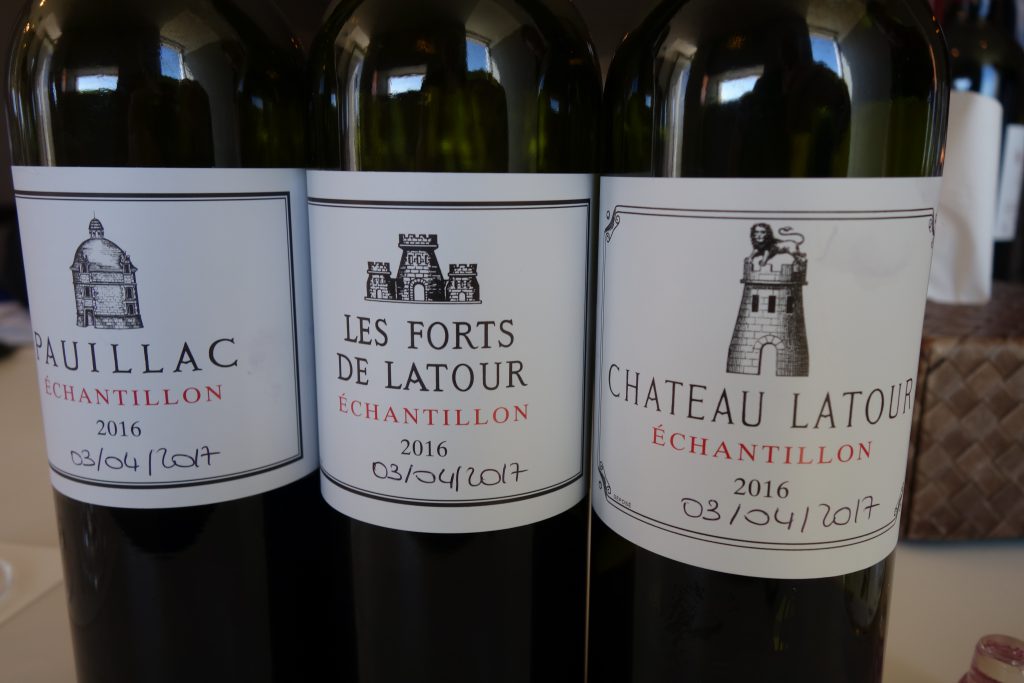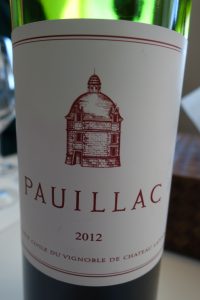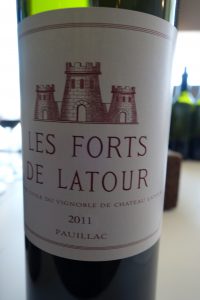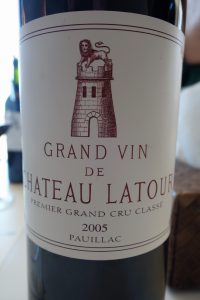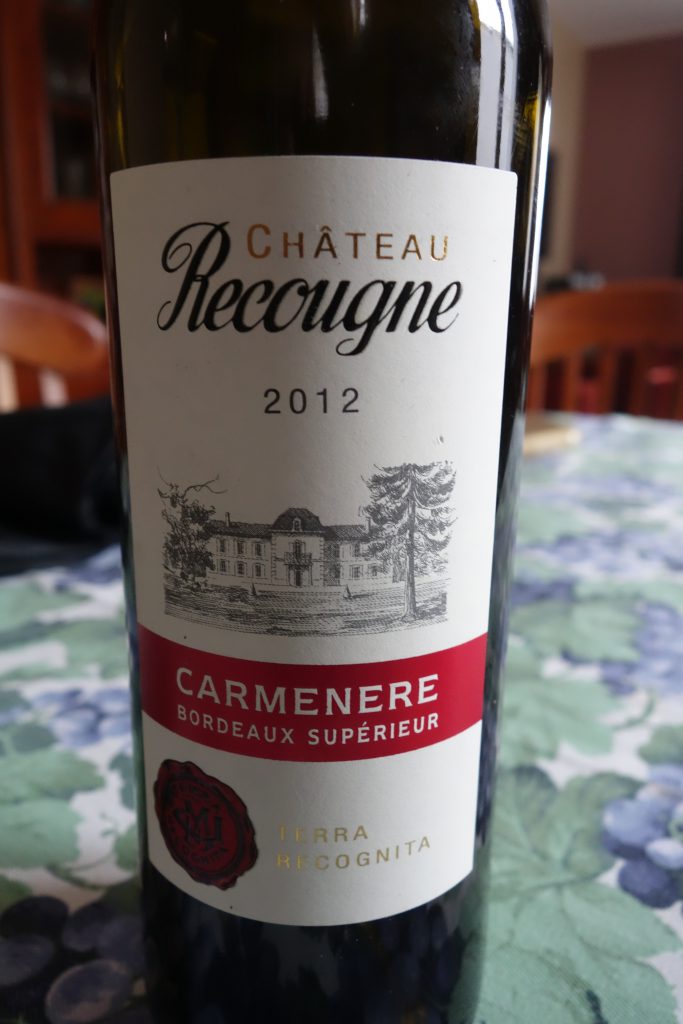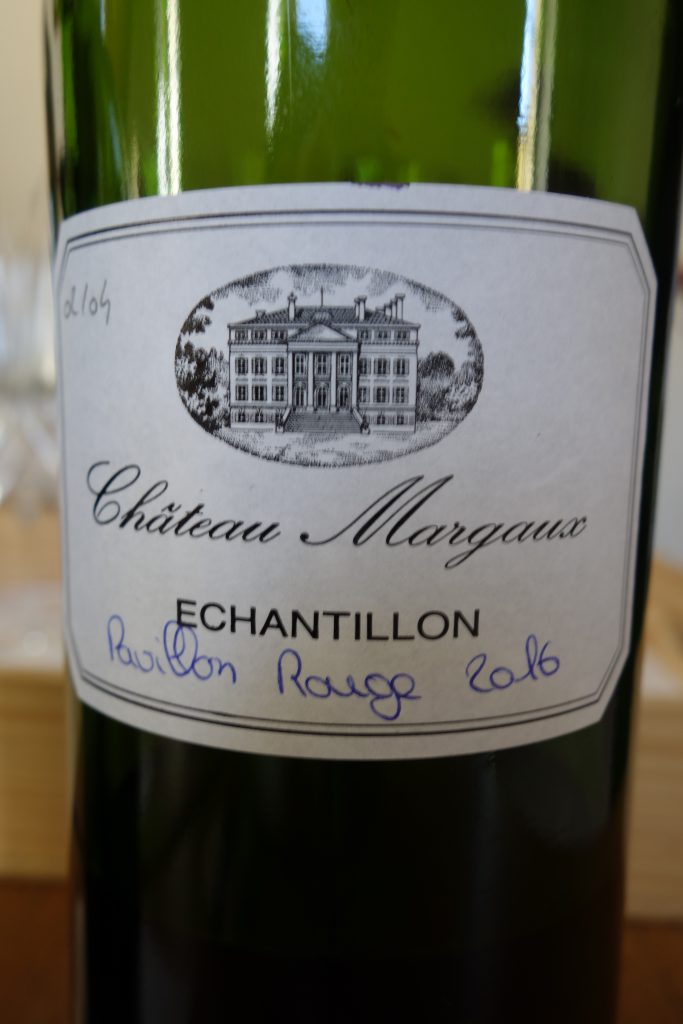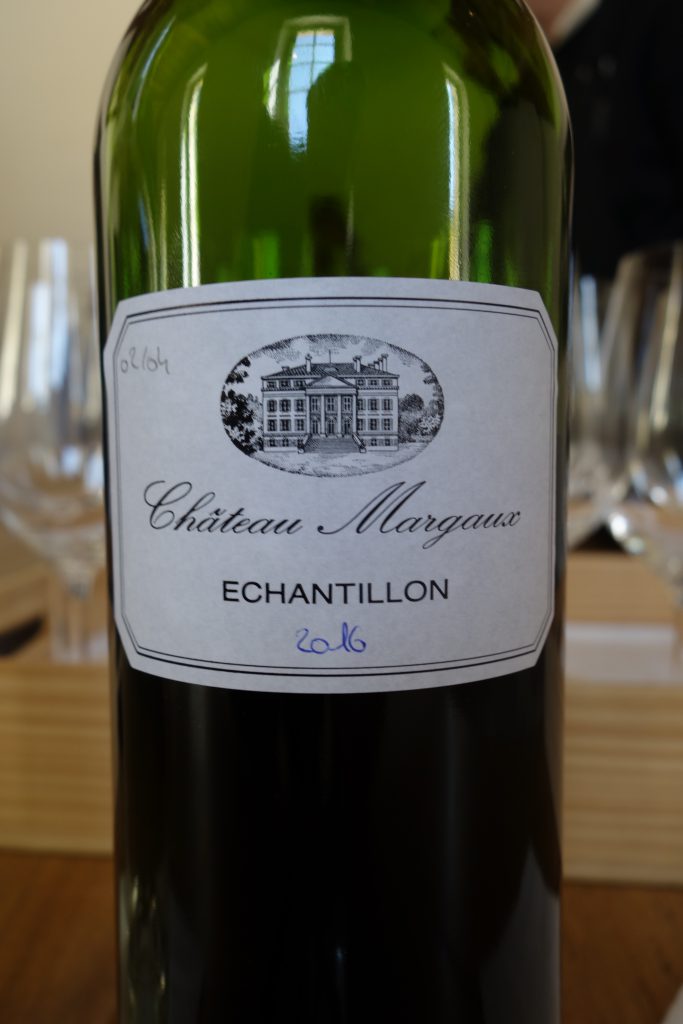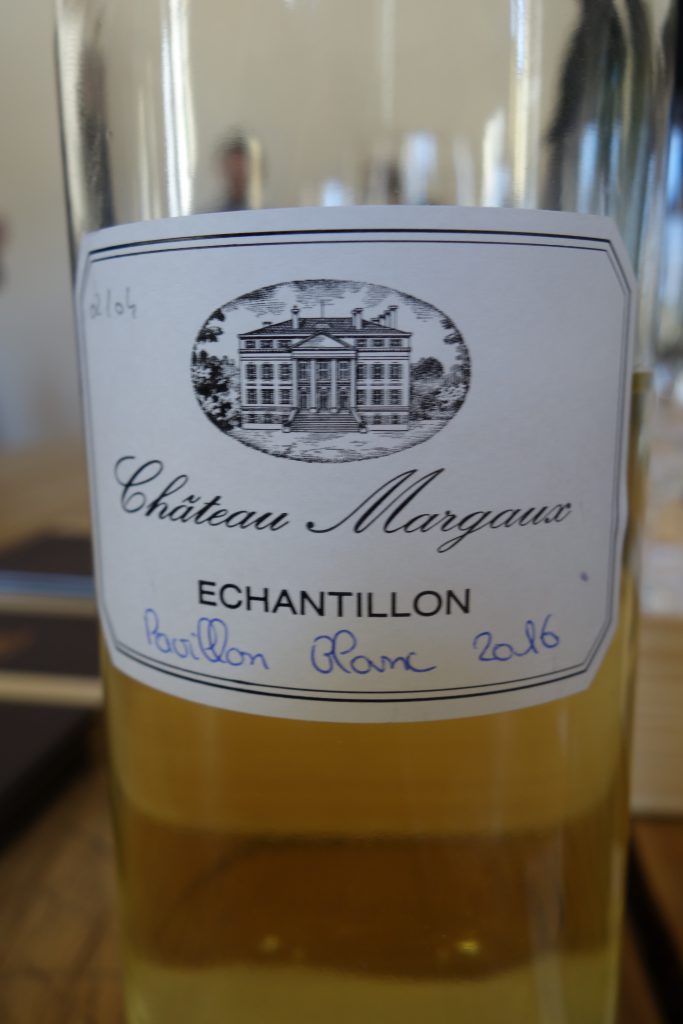For the past several years, I have been invited by the Union des Grands Crus to take part in a mammoth tasting organized during the Weekend des Grands Crus. This is always a wonderful experience and the 2017 tasting on the 20th of May was no exception.
Open to the general public, the UGC Weekend includes wine country tours, dinners in famous châteaux, a golf tournament and the monster tasting on Saturday with some participating 116 châteaux. The tasting takes place in the city of Bordeaux in a single huge room in a former warehouse, H 14, overlooking the Garonne, not far from the new Cité du Vin. Every UGC member is asked to show two wines: one from the same vintage (the 2014 this year) and another of their choosing. Most estates are represented by their owner or general manager, so this is a rare opportunity to meet the people who actually make the wine and talk with them. The tasting lasts from 10 am to 5 pm. Snacks are available as well as a sit-down lunch accompanied by older wines.
The tasting is well attended by wine lovers from all over the world.
The choice of wines is so great that I usually decide to focus on one region in one vintage.
This year’s choice was 2014 Médoc.
Here are my notes.
Saint-Estèphe
==========
2014 Château Cos Labory
C: Lovely, bright, medium-deep color.
N: Open, fruity, and plummy with graphite overtones. Expressive, subtle, and more elegant than usual for this château.
P: Unfortunately unbalanced because hollow on the middle palate. Starts out fluid and free-flowing, and then turns hard. The aftertaste is rough, and this is a shame after such a fine bouquet.
2014 Château Lafon Rochet
C: A little dull, but good enough with a thin purplish rim.
N: Lovely marriage of fruit and oak. Pretty rather than deep, although there is an attractive uplift. Nevertheless hides its light under a bushel.
P: Round and soft on the attack, then segues seamlessly in a fine structured aftertaste. More elegant than powerful. Medium-light in body with blueberry and blackberry flavors, as well as a tannic finish that indicates the wine is for mid-term drinking.
2014 Château Les Ormes de Pez
C: Relatively dense with a medium-deep purplish rim.
N: Fresh, upfront, and seemingly unoaked fruit with ethereal graphite aromas and cherry nuances in the background.
P: Somewhat lightweight for a Saint Estèphe. A good cru bourgeois not pretending to be otherwise. Relatively short aftertaste.
2014 Château de Pez
C: Medium dark core with a vibrant purplish rim.
N: Underwhelming blackberry aromas. Sweet but not very expressive.
P: A thirst-quenching, tangy sort of Médoc with fresh acidity. Light for a Saint-Estèphe. Shortish aftertaste, but with decent, slightly rubbery tannin on the finish.
2014 Château Phélan Ségur
C: Medium-deep, luminous purplish-red.
N: Underdeveloped (more understated or lacking in expressiveness?) at this time with black cherry and sweet cosmetic/perfumed aromas.
P: A little dilute, but well-constructed. The tannin on the finish makes this a serious wine, but one best enjoyed on the young side. Fresh and well-made, but not a heavy hitter.
SAINT JULIEN
===========
2014 Château Beychevelle
C: Medium-deep with a youthful rim.
N: Lovely. Ultra-classic fresh nose of super Médoc. Blackberry, black cherry, cassis, and earth. Subtle and perfumed.
P: Rich, soft, and mouthfilling on the attack followed by a flawless development towards a long fresh aftertaste. Fruit and tannin are very much in balance accompanied by that extra something that can only come from a fine terroir. Medium-bodied and truly elegant, this is not a huge wine, but one that will please claret lovers.
2014 Château Branaire Ducru
C: Medium and not particularly brilliant with a thinnish purple rim.
N: Too indeterminate at this stage. Some graphite there, but the bouquet is not quite up to grand cru level even though it is quite fresh.
P: Better on the palate. Tight and brambly, delicious and appetizing. Lovely texture with a classic, long, velvety afteraste. Well-made. A sleeper. The bouquet may not be expressive, but let us hope this comes around in time.
2014 Château Gloria
C: Attractive deep colour with a fairly watery rim.
N: A sweet, fresh, immediately rich and satisfying nose with hints of graphite, kirsch, and toasty oak.
P: Full-bodied, round, and with tannin that melts in the mouth. Penetrating, and then drops off somewhat before picking up again on the tannic aftertaste showing candied fruit and coffee overtones. A compromise between a classic and a crowd-pleasing commercial style. Open and attractive.
2014 Château Gruaud-Larose
C: Medium-dark with a wide purplish rim.
N: Showing sour cherry and berry fruit aromas, but underdeveloped at this time. There is a spirity quality here (blackberry liqueur).
P: Mouthfilling with sweet fruit, but there is some hollowness on the middle palate and dryness on the finish (too much oak?). Long aftertaste, but the oak is intrusive. A little top-heavy and clunky in this vintage, but I hope I will be able to revise my opinion down the road.
2014 Château Lagrange
C: Medium-deep with a watery purplish rim.
N: Expressive bouquet of primary fruit and toasty oak. Simple and forthright, with some graphite.
P: Starts out solid, going on to reveal fine-grained tannin. A natural, undoctored kind of Médoc with some dry oak on the finish. Not the red fruit flavors I would have hoped for. Tangy, medium-long aftertaste with good grip. The type of wine that is good young or old. Good value.
2014 Château Langoa Barton
C: Fine, youthful, and vibrant, including the rim.
N: Very typical of the Saint-Julien appellation with some graphite. Good, but not great.
P: Creamy, rich, and mouthfilling. Very long, tangy aftertaste with fresh acidty and red fruit flavors, especially strawberry. Needs loads of time. Promising, but not showing especially well at this time.
2014 Château Léoville Barton
C: Deep core, but also a very youthful color on the rim.
N: Subtle bouquet of candied cherries with some truffle overtones and a fascinating unpindownable floral element. Class rather than power with toasty oak bringing up the rear, but very much in harmony.
P: Sweet without being sweet… Tremendous black fruit and candied cherry flavors. Unfolds beautifully on the palate into a fine aftertaste consistent with everything the precedes. A long, long finish with bright fruit. Could perhaps use a touch more richness and volume, but this is a very fine wine indeed.
2014 Château Léoville Poyferré
C: Very deep and not totally clear. Thin rim showing different shades.
N: Concentrated bouquet of blackcurrant and throat lozenge. A little spirity.
P: Sweet and soft on entry, dips somewhat, and then comes back with significant, but not overdone oak. Fresh with a medium-heavy mouth feel. Some dryness on the finish. Very good, but not excellent. Reliable. The first vintage sold in a bottle embossed with the château emblem.
2014 Château Saint-Pierre
C: Comparable to the sister château, Gloria, tasted just before, perhaps looking a little more dull.
N: Fresh, subtle, and floral, with some candied black fruit and truffle nuances. Very interesting.
P: Starts out sweet and with the chunkiness I associate with Saint-Julien. Joyous, exuberant fruit that goes just a little too quickly into a dry aftertaste. The oak needs to blend more with the fruit.
2014 Château Talbot
C: Lovely dark colour, much deeper than the other wines.
N: Classic sweet Cabernet Sauvignon nose with graphite and cedar overtones. Seductive and full of character, but oh-so-unlike most New World Cabs…
P: Mouthfilling, seems rather chunky and then thins out some. Controlled tannin on the aftertaste. Lovely finish with oak playing the role it should. Lacks some richness and depth, but very well-made.
PAUILLAC
========
2014 Château d’Armailhac
C: Vigorous and deep with a bright purple rim. Brilliant, very good.
N: Forest floor and a definite greenness to accompany the traditional hallmarks of Pauillac. A certain herbaceousness needs to integrate better with age and/or aeration before serving.
P: A chunky quality, but without the elegance to back it up. Definite cedar and graphite aromatics, but unfocused at this time. Medium-heavy mouthfeel then dilute, then showing slightly clumsy tannin. Needs re-evaluation at a later date…
2014 Château Batailley
C: Not totally limpid. Medium-deep core.
N: Toasty oak dominates at this point and the nose smells more like coffee than wine… However, black fruit nuances are lurking.
P: Hard oakiness overlaying good back fruit, but this oak is just too much, and I do not see how time can overcome the imbalance. Dry finish.
2014 Château Clerc Milon
C: Deep, with purplish tones throughout.
N: Toasty oak, but in tune with the red fruit aromas, along with black cherry and truffle notes, as well as a touch of eucalyptus. Not celestial, but very good. Understated.
P: Silky smooth texture if a touch watery, going into a taste I can only define as Pinotlike minus the tannin! Mineral, and not very long, but a “digestible” wine that will be good young. Tangy acidity plays a major role here. A different profile from what I am used to, but Clerc Milon is still on a roll…
2014 Château Croizet Bages
C: Light and not very clear or appealing.
N: Soft and simple.
P: Smooth, light, and not much there. Rough tannin on the aftertaste. Off notes. I keep trying with Croizet Bages, waiting for the estate to be turned around, but that time is still in the future.
2014 Château Grand Puy Ducasse
C: Medium in every respect, with a purplish rim.
N: Rather rustic with hints of pencil shavings as well as odd and unexpected tropical fruit aromas!
P: Smooth, short, and simple. Dilute and ends with dry, bitter tannin. Not a winner.
2014 Château Haut Bages Libéral
C: Somewhat dusky.
N: Barnyard aromas.
P: A little better, but the bretty quality overshadows the rest.
2014 Château Lynch Bages
C: Very dark, much more so than the other wines.
N: Fine, subtle oak with trademark black fruit (cassis) and graphite aromas. Overtones of blackstrap molasses and coffee, but the aromatic profile is still largely closed at present.
P: A touch green, and acidity coats the teeth. This is a good Lynch Bages that will age well.
2014 Château Lynch Moussas
C: Medium intensity with a watery purplish rim.
N: Not much fruit. Toasty oak and caramel overtones.
P: Starts out sweet, then becomes hot and oaky with granular tannin on the finish. Out of balance. More fruit and less oak needed. There is also a slight greenness on the finish.
2014 Château Pichon Baron
C: Very dark color, one of the best of the tasting. The rim is red rather than purplish.
N: Roasted aromas (coffee) and reticent black fruit. Pure and fresh.
P: A big wine with medium-heavy mouth feel. Luscious and ticks all the right boxes for Pauillac. Smooth and requires medium-term ageing. Spreads out beautifully on the palate. The tannin less virile than in many other vintages of this wine. Wonderful.
2014 Château Pichon Comtesse
C: Medium-deep with a purple rim.
N: Candied red fruit. Sweet, but not yet complex at this stage. Surprisingly, a little rustic and not showing particularly well at this time.
P: Better on the palate, which shows marked fresh acidity and a blackcurrant flavor. Seems a little harsh and needs to age. Should be revisited at a later date to re-evaluate.

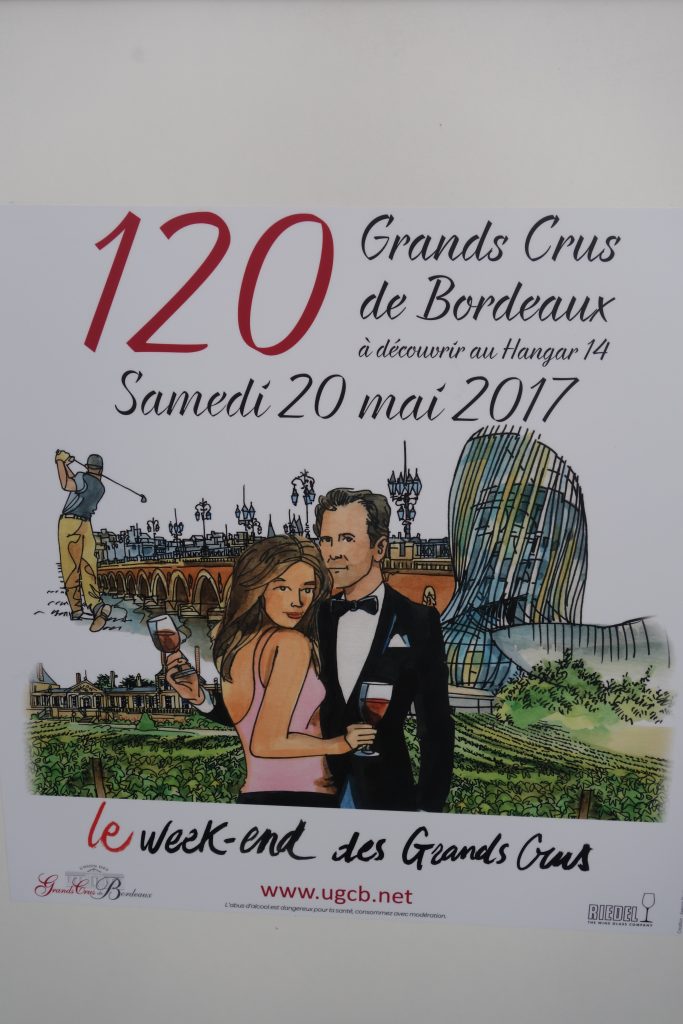
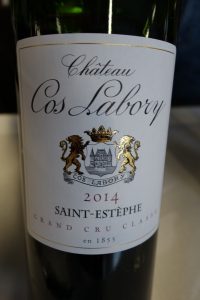
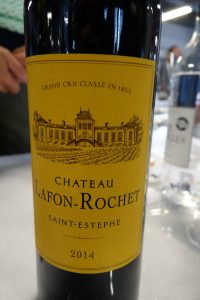
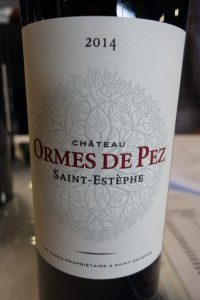
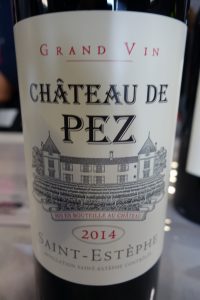
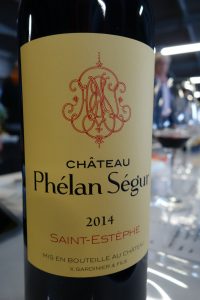
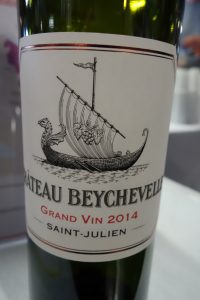
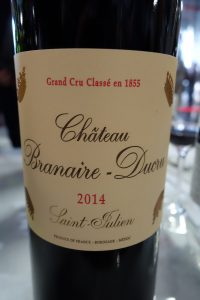
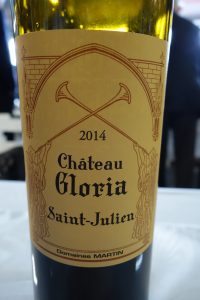
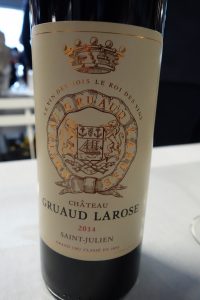
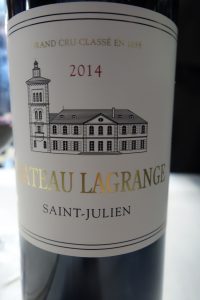
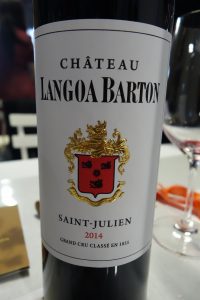
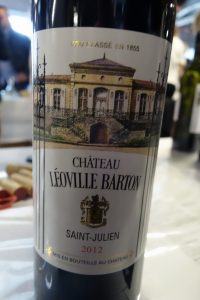
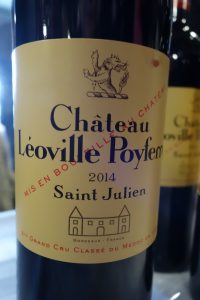
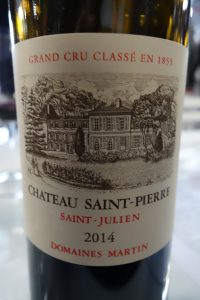
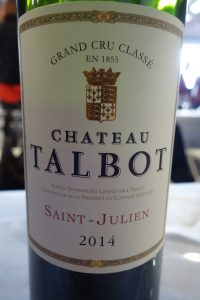
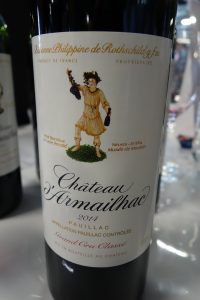
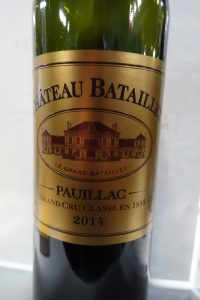
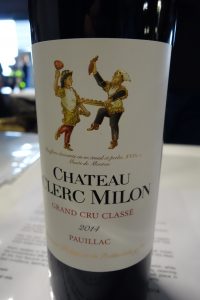
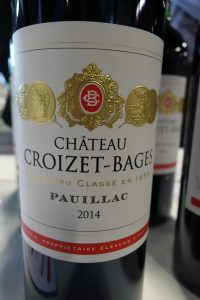
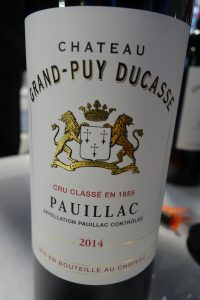
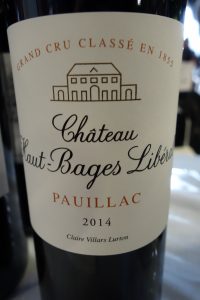
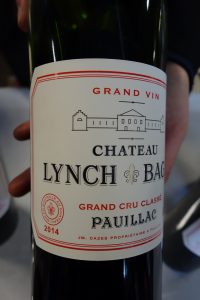
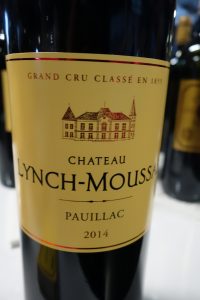
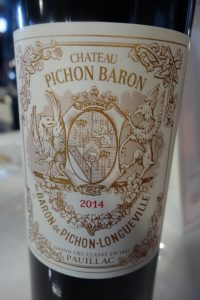
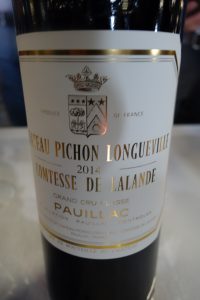
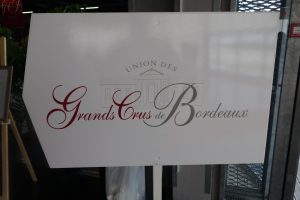
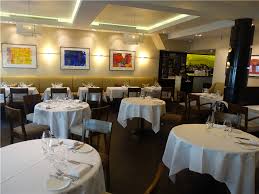
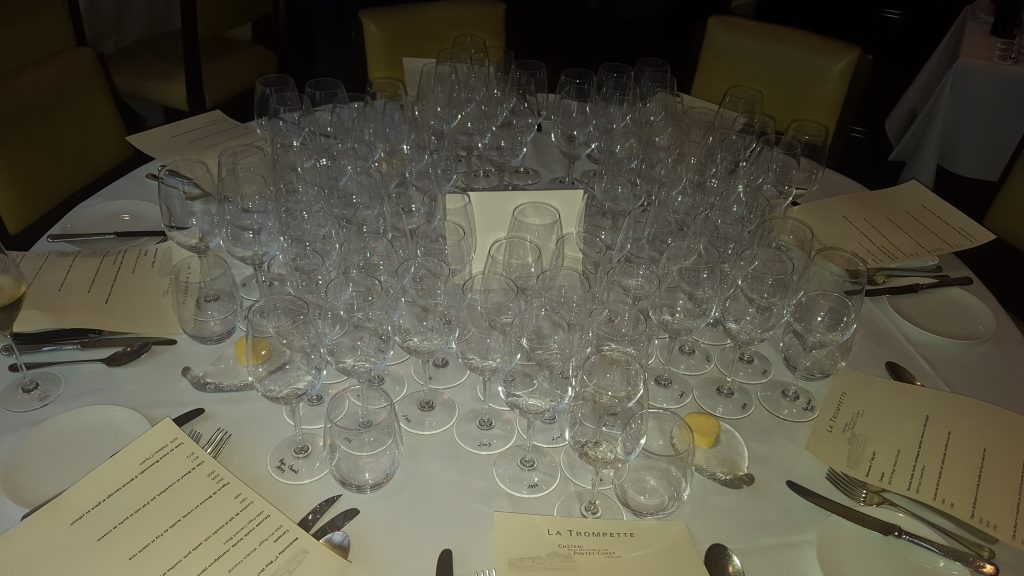
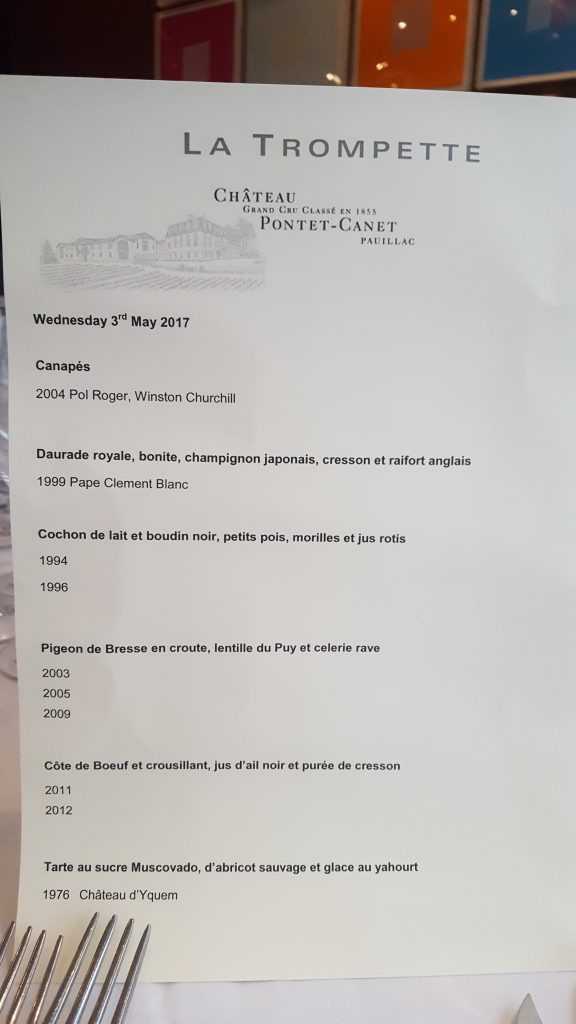
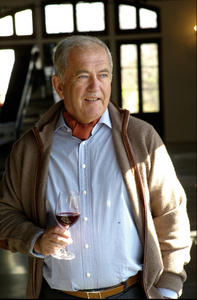
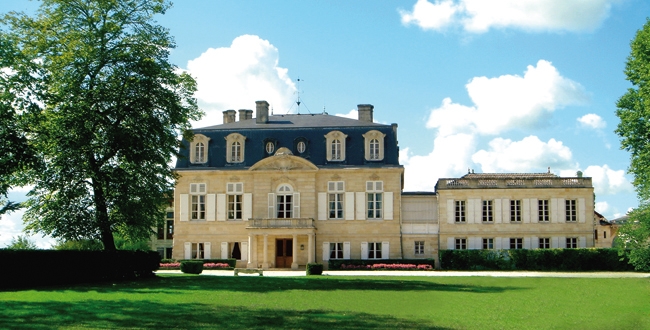
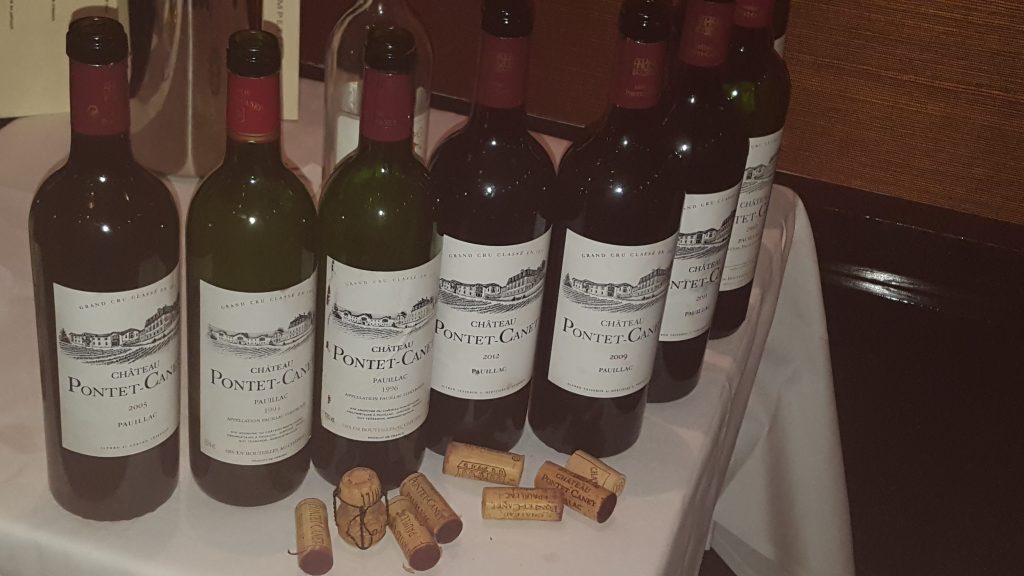
![53car1[1]](http://www.bordeauxwineblog.com/wp-content/uploads/2017/05/53car11.jpg)
